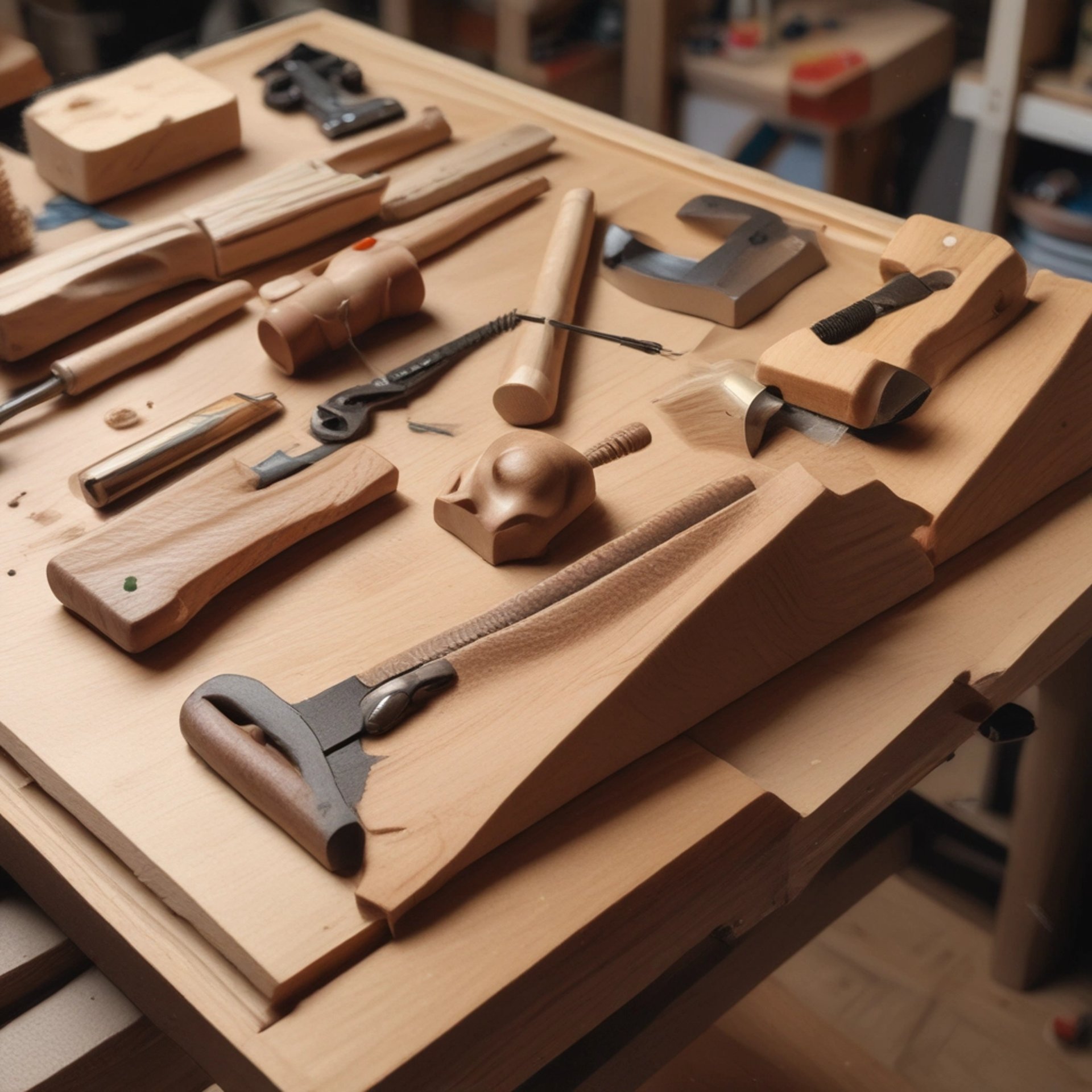
Understanding the Different Kinds of Grains in Woodworking
5/19/20252 min read
Introduction to Wood Grains
Woodworking is an art that transforms raw timber into stunning pieces of furniture or decor. A key element in this craft is the wood grain, which not only enhances the aesthetic appeal but also influences the woodworking process. Understanding the various types of wood grains is essential for any woodworker looking to achieve flawless results.
The Popular Types of Wood Grain
1. Plain Sawn Grain: Known as flat sawn grain, this is perhaps the most commonly used type in woodworking. The growth rings appear as wide arcs on the surface, giving it a unique and attractive look. It’s economical and is widely available, making it a staple choice for many projects.
2. Quarter Sawn Grain: This type offers a straighter grain pattern, which is not only visually captivating but also resists warping more effectively compared to plain sawn wood. Quarter sawing cuts the log into quarters and then slices the growth rings at a right angle, resulting in a beautiful flecked look on the surface.
3. Rift Sawn Grain: Often favored for its uniformity, rift sawn wood has a linear grain pattern. This type minimizes the flecking seen in quarter sawn wood and is loved for its consistent appearance. It offers a clean and modern aesthetic, making it ideal for contemporary furniture designs.
Characteristics of Different Grains
Each type of wood grain possesses distinct characteristics that affect not just the appearance but also the processing and durability of the finished product. For instance, the plain sawn grain, while being the most affordable, has a tendency to expand and contract with moisture changes. On the other hand, quarter and rift sawn grains are more stable, making them preferable for high-end furniture.
The choice of wood grain also impacts how the wood interacts with stains and finishes. Some grains absorb stains more readily, while others might offer a more muted effect. Thus, understanding these nuances is crucial in preserving the desired color and finish of the final piece.
Choosing the Right Grain for Your Project
When embarking on a woodworking project, consider the type of wood grain that will best suit your needs. If you’re crafting something rustic, plain sawn might add the right character to your creation. Conversely, if you prefer a sleek and modern finish, rift sawn wood may be the better option.
Moreover, think about the functional aspects as well. For items that will be exposed to weather conditions, opting for quarter sawn wood could provide extra stability and longevity. Ultimately, understanding the different kinds of grains in woodworking empowers you to make informed choices that enhance both the beauty and durability of your work.
Conclusion
In the realm of woodworking, appreciating the various types of grains is more than just an aesthetic pursuit. It’s about making choices that lead to beautiful, long-lasting creations. Take the time to explore and experiment with different grains, and you might just find the perfect match for your next project!
